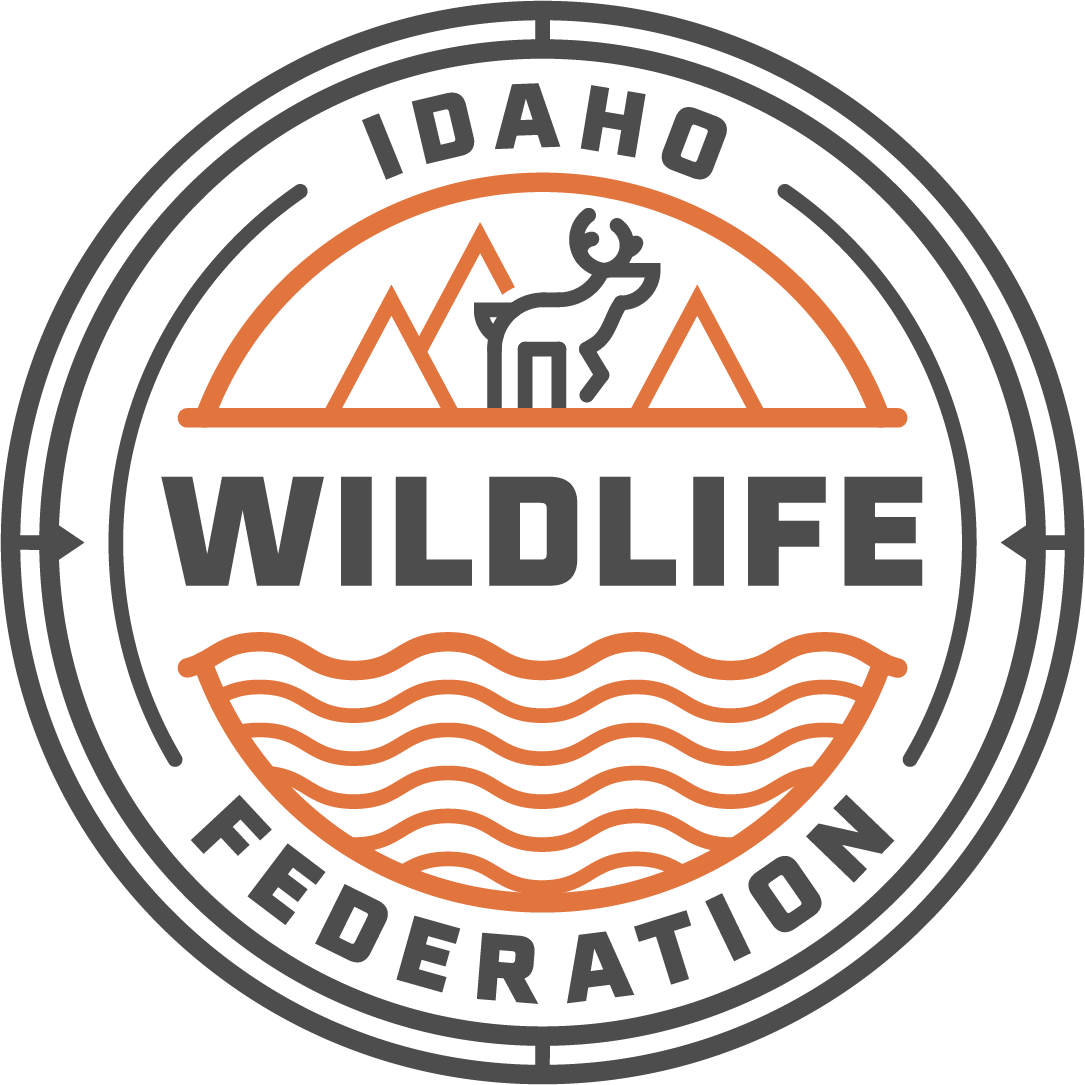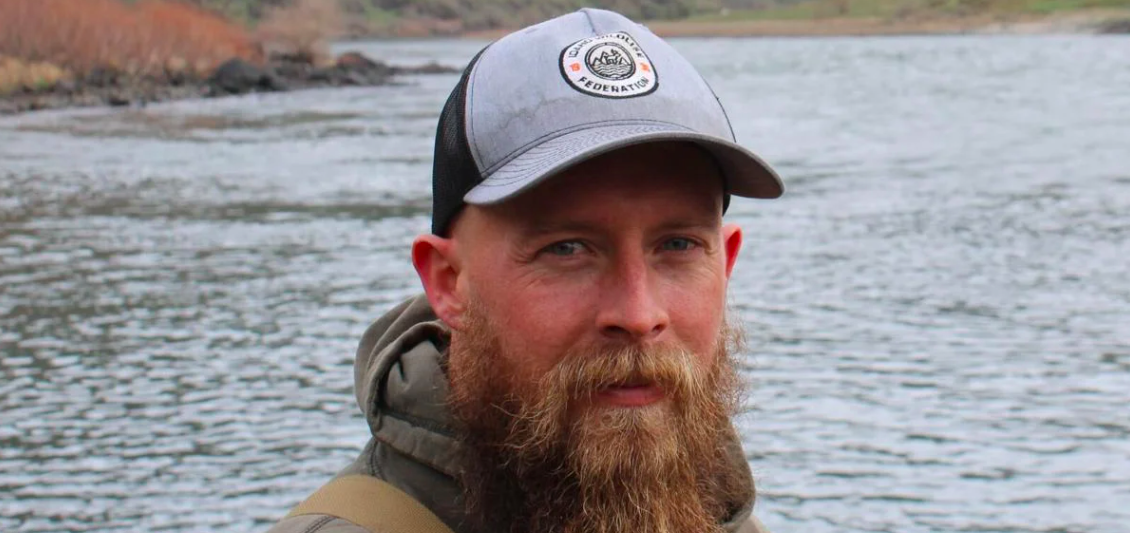#IWFInTheNews - Guest Opinion: Lower Snake River Dam Debate: Who’s winning?
Photo Daniel Ritz/IWF
This opinion piece was originally published in the Idaho County Free Press on May 18th, 2022.
It seems the lower Snake River dam debate is always one side against the other: fish versus agriculture, hydropower versus alternatives, or “my science” versus “your science”. The question is: Who is actually winning?
We know fish and fish reliant communities aren’t. There are annual discussions about what restrictions will be put in place for fishing: shortened seasons, reduced limits, or entire stretches of water closed to fishing all due to worsening fish returns. Our hatchery system was built specifically to mitigate the loss of harvestable wild salmon and steelhead to the hydropower system, but increasingly we worry if we’ll have enough hatchery fish return to provide minimum broodstock needs, let alone a recreational fishery. Luckily, this year’s spring chinook return is looking better than previous years and is forecasted to be near Idaho’s ten-year average. This is good news, but combining wild and hatchery goals for a healthy and harvestable population set by the Columbia Basin Task Force, we’re forecasted to be about 25% of Idaho’s 217,000 fish goal.
Shippers seem to be making out well, but only because the rest of us pay for it. Wheat is the main commodity shipped through the lower four Snake River dams, about 90% of which is shipped overseas. Our taxpayer dollars currently prop up every barge – the latest estimates are well over $30,000 per barge – to keep river transportation cheap. I’m not saying the dams don’t provide value to those who barge, but it comes at a cost to taxpayers. Our dollars keep shipping cheap, not the barges themselves. Why not take those dollars and use them in a way that will boost the area’s economy through necessary infrastructure upgrades that help fish and support rural river communities at the same time? If we consciously choose a system that has so few winners at everyone else’s expense, then we have a system that is failing us all. If there is a way to provide transportation services for farmers that don’t impact their bottom line and get our fish back – and there is – let’s do that.
Even power consumers aren’t really winning. Much of Idaho’s power comes from the Bonneville Power Administration (BPA), a federal power marketing administration required to sell energy at cost. BPA is currently about $15 billion in debt, and recently had its borrowing authority more than doubled to accommodate its coming debt growth. This should concern BPA customers, whose rates are slowly rising in an attempt to pay off that debt. Yet another cost is borne by us all. Not to mention 30% of each BPA bill goes towards projects aimed at recovering fish, an effort that simply hasn’t worked.
Our current system clearly has many losers. Don’t we want this to change? Bypassing the lower Snake River dams would cost money, but it wouldn’t be wasted. It could transform the region. The investments for infrastructure, energy, and fish would be a boon for our communities, providing economic diversity and resiliency. The jobs created would give our young people the opportunity to stay here instead of them leaving to make the money necessary to raise and support a family.
Washington state, Oregon and Washington D.C. are currently looking at potentially bypassing the lower Snake River dams. I for one would like to see Idaho’s interests at the table advocating for us, rather than sitting on the sidelines and watching our future be decided by someone else. We need long-term, durable solutions that make everyone whole. I believe this is possible and then, for once, we can all win.

